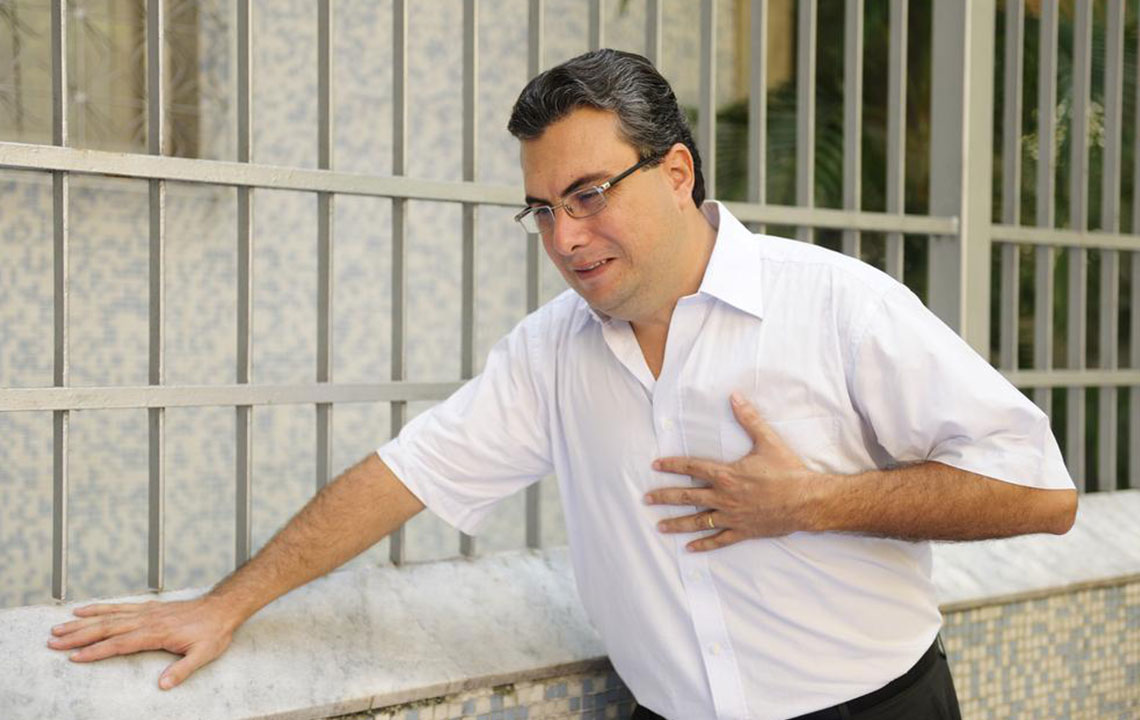Comprehensive Guide to Heart Failure: Symptoms, Types, Diagnostics, and Modern Treatment Approaches
Explore comprehensive insights into heart failure, including its symptoms, types, diagnostic methods, and advanced treatment options. Learn how early intervention and lifestyle changes play a vital role in managing this life-altering condition effectively, with over six million affected worldwide. Stay informed about modern therapies and surgical options that improve patient outcomes and quality of life.

Comprehensive Guide to Heart Failure: Symptoms, Types, Diagnostics, and Modern Treatment Approaches
Heart failure, also referred to as cardiac insufficiency, is a significant health concern affecting millions worldwide. In the United States alone, over six million individuals are living with this condition. It is one of the leading causes of hospitalization, especially among seniors aged 65 and older. Heart failure occurs when the heart's ability to pump blood efficiently is compromised, resulting in inadequate perfusion of vital organs and abnormal fluid accumulation in various parts of the body.
Recognizing the Symptoms of Heart Failure
Symptoms can manifest gradually or suddenly, and they often vary from person to person. Recognizing early signs is crucial for timely intervention. Common symptoms include:
Persistent shortness of breath during exertion or rest
Waking up at night gasping for air (paroxysmal nocturnal dyspnea)
Chest discomfort or tightness
Irregular or rapid heartbeat
Extreme fatigue and weakness
Swelling of the ankles, legs, or abdomen (edema)
Reduced capacity for physical activities and exercise tolerance
Wheezing or persistent dry cough
Nausea, loss of appetite, or abdominal bloating
Feeling of fullness or hardness in the upper abdomen
Understanding these symptoms helps in seeking prompt medical evaluation, which is essential for managing the condition effectively.
Classification of Heart Failure: Types and Their Characteristics
Heart failure is categorized based on which part of the heart is affected and the nature of its dysfunction:
Left-sided heart failure: This is the most common form, where the left ventricle becomes weakened and cannot pump blood efficiently. Blood then backs up into the lungs, causing pulmonary congestion and symptoms such as fluid accumulation in the lungs, leading to shortness of breath and pulmonary edema.
Right-sided heart failure: Usually secondary to left-sided failure, increased pressure in the pulmonary circulation damages the right ventricle. This results in systemic venous congestion, leading to swelling in the lower extremities, liver enlargement, and abdominal discomfort.
High-output heart failure: A less common type, characterized by the heart pumping an abnormally high volume of blood, yet still unable to meet the body's metabolic demands. It often stems from circulatory abnormalities like anemia or thyroid disease.
Understanding these distinctions aids healthcare providers in tailoring targeted treatment strategies for each subtype.Diagnostic Procedures for Heart Failure
Diagnosing heart failure involves a comprehensive approach that includes reviewing medical history, family history, and conducting a physical examination. Additional diagnostic tests provide detailed insights into cardiac function:
Blood tests: To detect markers of heart strain, kidney function, electrolytes, and underlying causes
Electrocardiogram (ECG): To evaluate heart rhythm abnormalities
Chest X-ray: To visualize heart size and check for pulmonary congestion
Echocardiogram: An ultrasound of the heart assessing ejection fraction and structural abnormalities
Cardiac MRI: Offers detailed images for complex cases
CT scan: To evaluate coronary artery disease
Cardiac catheterization: Measures blood flow, pressures, and identifies blockages
Stress testing: Assesses heart function during exertion
Genetic testing: In cases of familial heart failure
Proper diagnosis is vital for implementing effective treatment plans, which can significantly improve patient outcomes.Modern Treatment Strategies for Heart Failure
Once diagnosed, a multi-faceted approach is employed to manage heart failure effectively. Treatments aim to alleviate symptoms, slow disease progression, and improve quality of life. Pharmacological therapy is the cornerstone and includes:
ACE inhibitors and ARBs: To relax blood vessels and reduce pressure on the heart
Beta-blockers: To control heart rate and reduce myocardial oxygen demand
Diuretics: To decrease fluid overload and reduce pulmonary and systemic congestion
Mineralocorticoid receptor antagonists: To prevent cardiac remodeling
In severe cases, surgical interventions and device therapies are essential. These include:Coronary artery bypass grafting (CABG): Restores blood flow to the heart muscle by bypassing clogged arteries
Valve repair or replacement: To correct damaged heart valves and improve efficiency
Implantable cardioverter-defibrillators (ICDs): To prevent sudden cardiac death caused by arrhythmias
Cardiac resynchronization therapy (CRT): To synchronize ventricular contractions for improved pumping
Ventricular assist devices (VADs): Mechanical pumps supporting severe heart failure
Heart transplantation: The last resort for end-stage heart failure, involving organ donation and immunosuppressive therapy with associated risks
Beyond medical interventions, lifestyle modifications play a critical role. Patients are advised to adopt healthy habits such as maintaining a low-sodium diet, engaging in moderate exercise, adhering strictly to medication regimens, ensuring proper rest, managing stress, and avoiding infections. Monitoring weight regularly and recognizing sudden changes can help catch decompensation early, preventing hospitalizations. Additionally, avoiding excessive alcohol intake and quitting smoking are vital for heart health.Understanding the complexities of heart failure, from symptoms and types to diagnostic procedures and modern treatments, is essential for effective management. Advances in medical technology continue to enhance treatment outcomes, offering hope for those affected by this challenging condition. Emphasizing early detection and comprehensive care can significantly improve quality of life and survival rates among heart failure patients.





